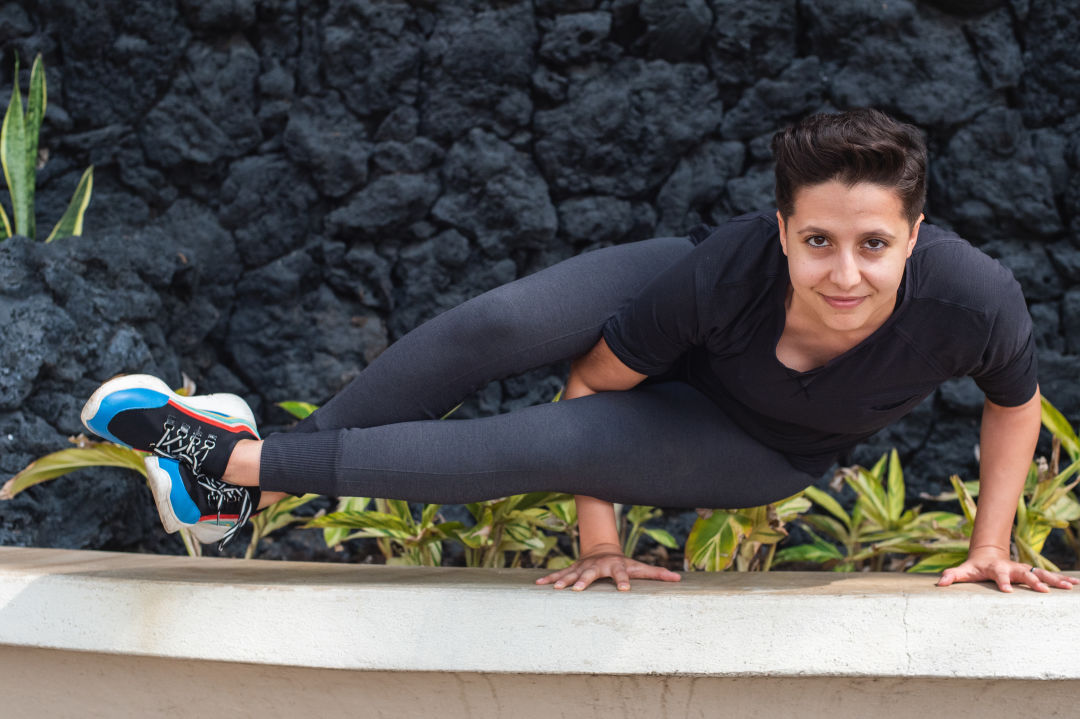
Power yoga stands as a distinct and energetic form of mind-body exercise, diverging from traditional yoga practices with its focus on enhancing muscle strength and cardiovascular fitness. It’s characterized by its fast pace and challenging poses, offering a vigorous physical workout unlike the repetitive sequences often found in other yoga styles. This article delves into the essence of power yoga, its potential benefits and limitations, and tips for beginners eager to embark on this dynamic practice.
Understanding Power Yoga
Power yoga is essentially about building strength and stamina, making it an exceptional choice for those looking to increase their calorie burn. While not officially recognized as a standalone yoga discipline, power yoga is closely associated with Vinyasa yoga and draws inspiration from Ashtanga yoga, a well-established practice originating in the early 20th century.
This style emphasizes fluid transitions between poses, creating a continuous “flow” rather than focusing on individual postures. This approach to yoga offers a vigorous workout that not only strengthens the body but also enhances cardiovascular health.
Distinguishing Power Yoga from Other Forms
Power yoga stands out from other yoga styles in several key aspects, including its tempo, sequence, and the emphasis on fluid movement. Unlike the more leisurely pace of Hatha yoga, power yoga sessions are brisk and challenging, providing a more substantial cardiovascular workout. Furthermore, unlike the strict sequence of Ashtanga yoga, power yoga offers more variety, with classes varying significantly in sequence and structure.
The Benefits of Power Yoga
Participating in power yoga offers numerous health advantages, from improved cardiovascular health due to the intense physical activity to enhanced muscle strength from holding challenging poses. Studies have indicated that power yoga can also offer neurological benefits, such as increased motor control in conditions like Parkinson’s disease. Moreover, power yoga’s calorie-burning potential can aid in weight management, while its stress-reducing effects contribute to overall mental wellbeing.
Potential Drawbacks
Despite its many benefits, power yoga may not be suitable for everyone. Its fast pace and demanding poses require a baseline level of fitness and familiarity with yoga practices, potentially making it challenging for beginners. Moreover, the intensity and duration of classes, which can range from 60 to 90 minutes, might be daunting for those new to exercise.
Is Power Yoga for You?
If you thrive in high-intensity workout environments and possess a reasonable degree of fitness and yoga experience, power yoga might be an excellent fit. It’s ideal for those looking for a more dynamic and physically demanding yoga practice.
Getting Started with Power Yoga
For those interested in trying power yoga, many fitness centers and yoga studios offer classes ranging from beginner to advanced levels. Engaging with instructors and fellow practitioners can provide valuable insights into what to expect and how to prepare. Alternatively, numerous online resources and apps offer power yoga sessions for those who prefer practicing at home.
Precautions
Before diving into power yoga, it’s essential to consider any personal health conditions, such as chronic illnesses, injuries, or pregnancy, and consult with a healthcare provider to ensure it’s a safe option for you.
Conclusion
Power yoga represents a vibrant and challenging branch of yoga that prioritizes strength, endurance, and cardiovascular health. While it demands physical preparedness and a certain level of yoga proficiency, its benefits to physical and mental health make it a worthwhile pursuit for those seeking a more intense yoga experience.
